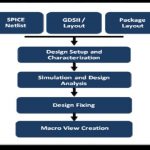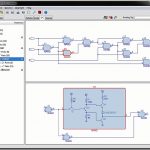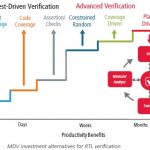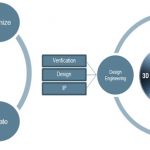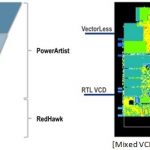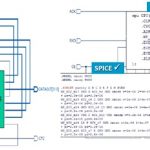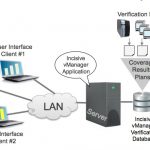As SoCs have got more complex, and with a larger and larger software content, it is no longer good enough to just monitor how the design behaves using simulation and then completely forget about it once the design is complete. What is required is the capability to monitor the design in real time (in silicon or FPGA) to see how it is behaving.… Read More
Tag: soc
Xilinx & Apache Team up for FPGA Reliability at 20nm
In this age of SoCs with hundreds of IPs from different sources integrated together and working at high operating frequencies, FPGA designers are hard pressed keeping up the chip reliability from issues arising out of excessive static & dynamic IR drop, power & ground noise, electro migration and so on. While the IPs are… Read More
Mark your Date for Semiconductor Design Vision
A very popular acronym is ‘WYSIWYG’ – What You See Is What You Get! This is very true and is important to visualize things to make it better in various aspects such as aesthetics, compactness, organization, structure, understandable for correction and so on; the most important, in case of semiconductor design, is being able to identify… Read More
A Tool Conceived With Designers’ Input and Developed from Scratch
If we look at the past, most of the EDA tools in the semiconductor design space have originated from a designers’ need to do things faster. Regardless of whether it is design exploration, manual design, simulation, verification, optimization (Power Performance Area – PPA) and many other steps in the overall design flow.… Read More
Effective Verification Coverage through UVM & MDV
In the current semiconductor design landscape, the design size and complexity of SoCs has grown to large extent with stable tools and technologies that can take care of integrating several IPs together. With that mammoth growth in designs, verification flows are evolving continuously to tackle the verification challenges … Read More
Semiconductor Strategy – From Productivity to Profitability
The semiconductor industry seems to be the most challenged in terms of cost of error; a delay of 3 months in product development cycle can reduce revenue by about 27% and that of 6 months can reduce it by almost half; competition is rife, pushing the products to next generation (with more functionality, low power, high performance,… Read More
How to meet 3Ps in 3D-ICs with sub-20nm Dies?
It feels to be at the top of semiconductor technology by having dies with high density of semiconductor design at sub-20nm technology node stacked together into a 3D-IC to form a complete SoC which can accommodate billions of gates. However there are multiple factors to be looked at in order to make that successful amid often conflicting… Read More
Mixed-Signal SoC Debugging & IP Integration Made Easy
A semiconductor SoC design can have multiple components at different levels of abstractions from different sources and in different languages. While designing an SoC, IPs at different levels have to be integrated without losing the overall design goals. Of course, quality of an IP inside and outside of an SoC must be tested thoroughly.… Read More
SoC Functional Verification Planning and Management Goes Big
Big SoC designs typically break existing EDA tools and old methodologies, which then give rise to new EDA tools and methodologies out of necessity. Such is the case with the daunting task of verification planning and management where terabytes of data have simply swamped older EDA tools, making them unpleasant and ineffective… Read More
Xilinx: Delivering a Generation Ahead
Last week was Xilinx’s investor day. Xilinx believe they are now a process generation ahead. They did over $100M in 28nm designs in FY2013 (Xilinx FY ended March 2013) and did over over $100M in Q4 2013 calendar year alone (and this is almost all true production volume, with only about 5% prototypes) with a plan greater than … Read More


